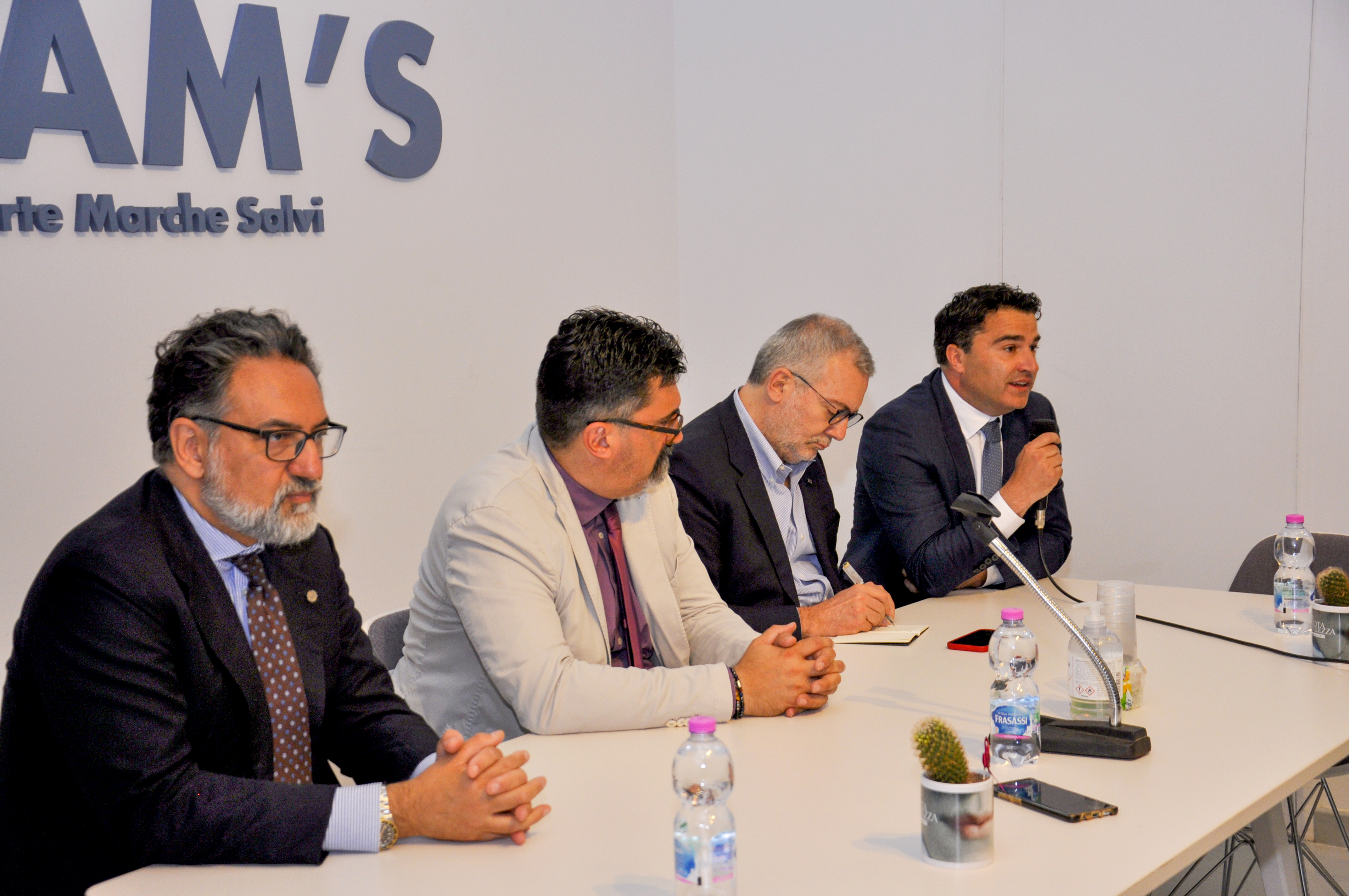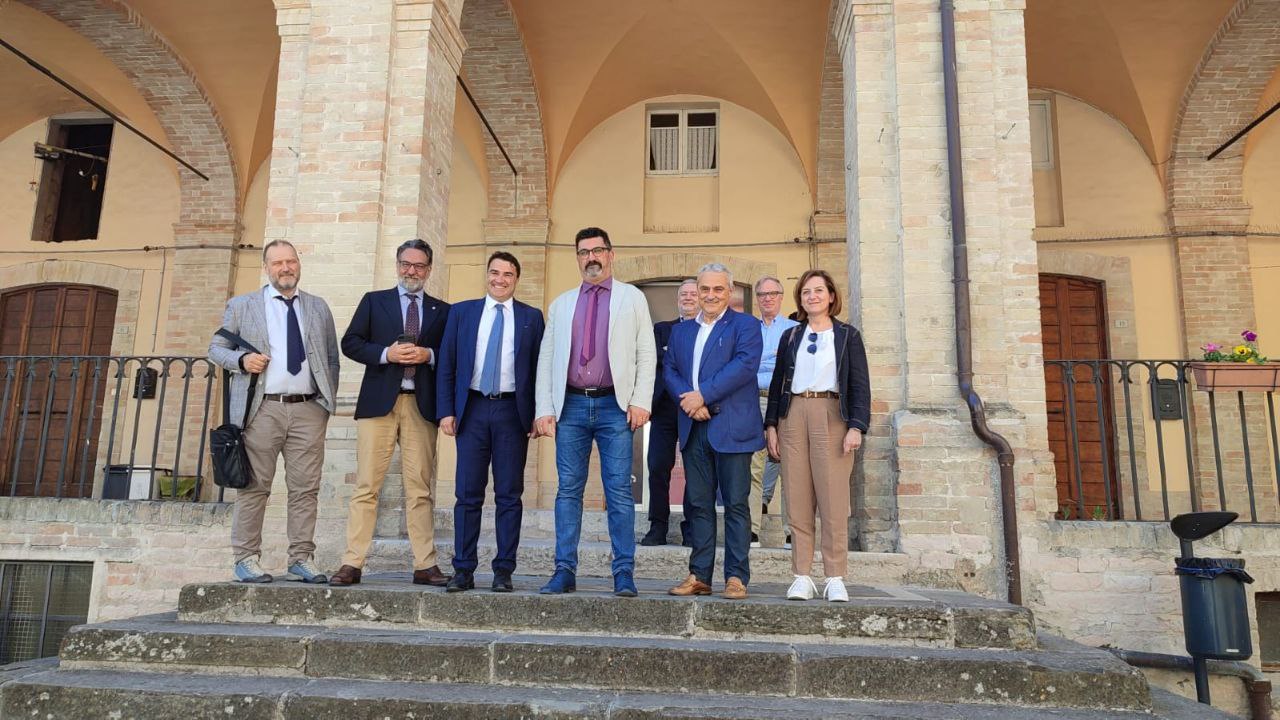New life for suburbs between history, tourism and the future: numerous authoritative speakers on green building solutions at the Diasen Green Future Academy conference on architectural enhancement.
That the PNRR is a valid tool for restarting after covid is a well-known fact, but that green building could become the key to success in the area of eco-sustainability in the boroughs is an opportunity to be exploited.
“At Diasen, our mission is to rethink the spaces in which we live in a new way, designing environments with the ability to hold together beauty, functionality and quality of life; – says the president of the leading green solutions company, Diego Mingarelli – This is why within the Green Future Academy we are committed to promoting the construction of homes built with environmentally sustainable methods and materials on a daily basis, so that our homes are the perfect synthesis of quality living. It is no coincidence that our Green Future Academy, which hosted the event in attendance, has the mission of affirming the philosophy of sustainable humanism”
Diasen was recently identified by the authoritative Fondazione Symbola as one of the most innovative and virtuous realities in Italy in the field of eco-sustainable building; it is based in Sassoferrato, one of the 30 realities in the Marche region within the Association Borghi più belli d’Italia,
The head of the Technical Scientific Committee, Livio Scattolini, spoke on behalf of which, recalling that it is essential to ‘stimulate the revitalisation of villages, bringing them back to life through history, culture and local traditions’.

The attempt to bring out the beauty and peculiarities of Italian villages also and above all through their modernisation, i.e. with a restoration that is aware of the criteria of comfort, habitability and usability of the premises, was fundamental: this was what the Secretary General of the Symbola Foundation, Fabio Renzi, spoke about.
He specified how ‘the boroughs with the NRP really see themselves as protagonists and recipients of important resources; now it is up to us to understand that this policy must not be ephemeral’. Building pathologist Marco Argiolas, an expert on dampness and mould in the construction sector, addressed the fundamental problem of water infiltration, an age-old factor that is too often underestimated during building upgrades.
A topic on which, in closing, Simone Sonaglia, R&D Manager of Diasen, also focused his attention on the positive impact represented by the certified solutions available to the Sassoferrato-based company in the correction of building pathologies and in the realisation of works capable of ensuring comfort and healthiness. Marco Mari, president of Green Building Council Italia, gave an important speech, focusing on CAM (Minimum Environmental Criteria), recalling that “quality is synonymous with sustainability, because we cannot think of restoring a building in a village without taking into account all the closely related aspects, such as the environmental aspect, the social aspect without forgetting the constraints and economic opportunities. You only have sustainability when these three variables are present’.
On the table is a billion euro from the PNRR provided by the Ministry for the projects of 250 small municipalities to preserve and protect this priceless heritage.
The meeting was organised by International Campus and The Plan with the patronage of Associazione Borghi più belli d’Italia, Fondazione Symbola, Green Building Council, Sassoferrato Municipality and the support of Diasen and Maggioli Editore.

